Saint Augustine’s Gate, Canterbury (ca. 1793)
Technique: Giclée quality print
Recommended by our customers
More about this artwork
The painting "Saint Augustine’s Gate, Canterbury" by Joseph Mallord William Turner, painted around 1793, offers a captivating glimpse into the historical architecture and atmosphere of the time. This artwork captures the viewers’ attention with its detailed depiction of the aged, yet awe-inspiring gate, which was part of the town’s ancient abbey, associated with Saint Augustine's mission to re-establish Christianity in southern England.Turner’s mastery in light and texture is evident in the subtle interplay of light and shadow that breathes life into the stone and foliage. The painting is bathed in a soft, ethereal light, suggesting a quiet morning when the mist has not yet lifted. The foreground shows an uneven, patchy path leading to the magnificent gate, which stands robust with its ornate gothic arches and towering structures partially covered in ivy, hinting at the resilience of spiritual and cultural history against the ravages of time.To the left, everyday life quietly unfolds; a figure, possibly a gardener or a monk, walks beside the gate, small and almost insignificant compared to the monumental structure. This inclusion adds a human element to the scene, providing a scale to the grandeur and evoking a sense of continuity between past and present."Saint Augustine’s Gate, Canterbury" by J.M.W. Turner not only preserves a visual piece of Canterbury’s history but also invites viewers to reflect on the passage of time and the enduring legacy of places steeped in cultural and religious significance.
Delivery
Returns
Joseph Mallord William Turner RA, known in his time as William Turner, was an English Romantic painter, printmaker and watercolourist. He is known for his expressive colourisations, imaginative landscapes and turbulent, often violent marine paintings. He left behind more than 550 oil paintings, 2,000 watercolours, and 30,000 works on paper. He was championed by the leading English art critic John Ruskin from 1840, and is today regarded as having elevated landscape painting to an eminence rivalling history painting.

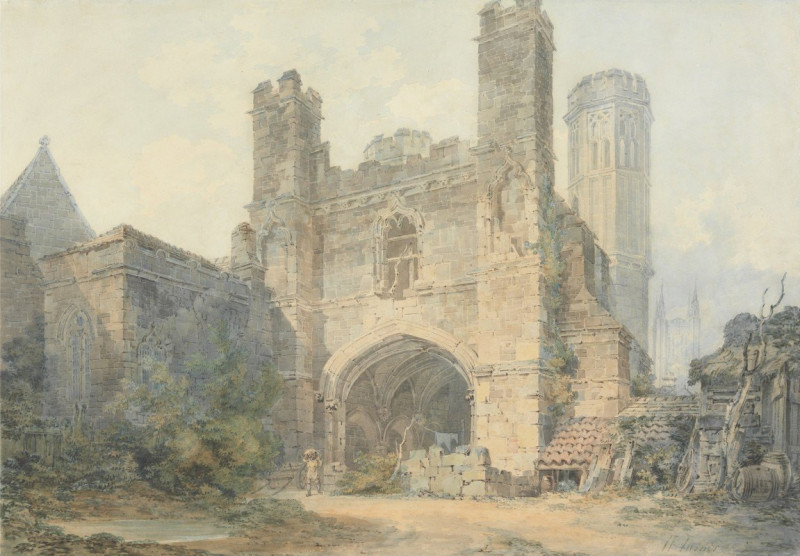
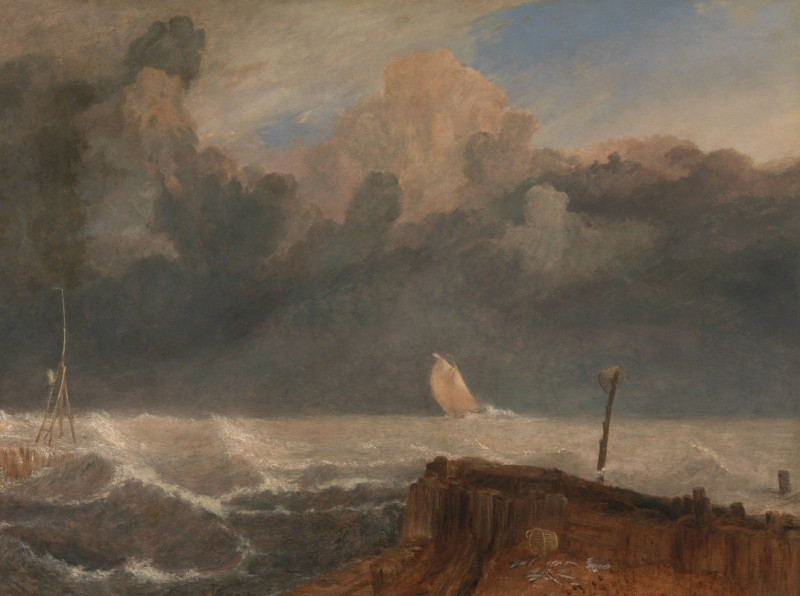
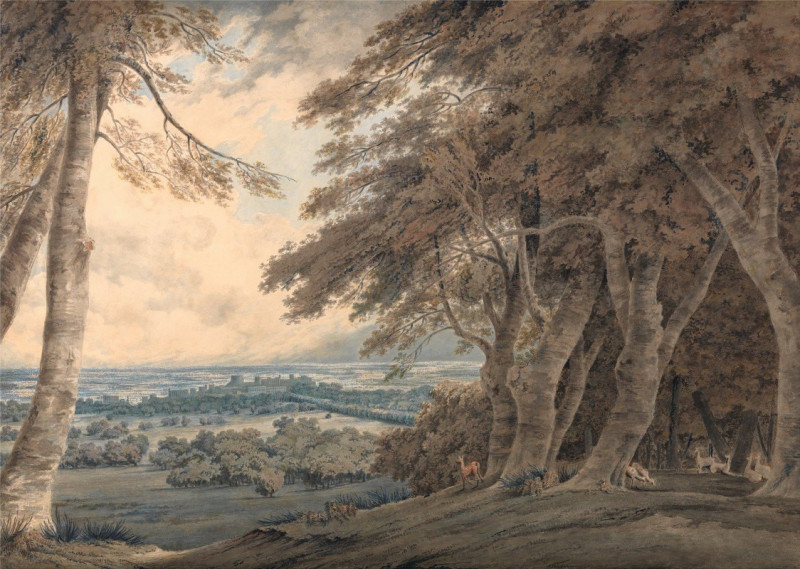
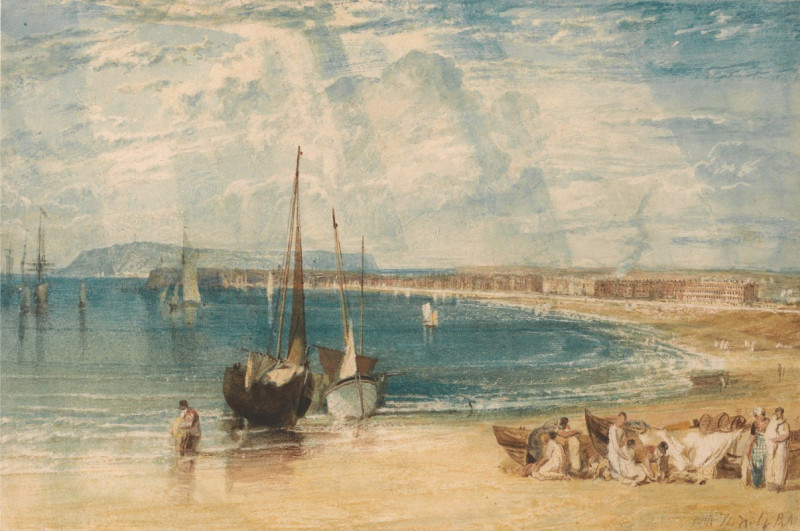
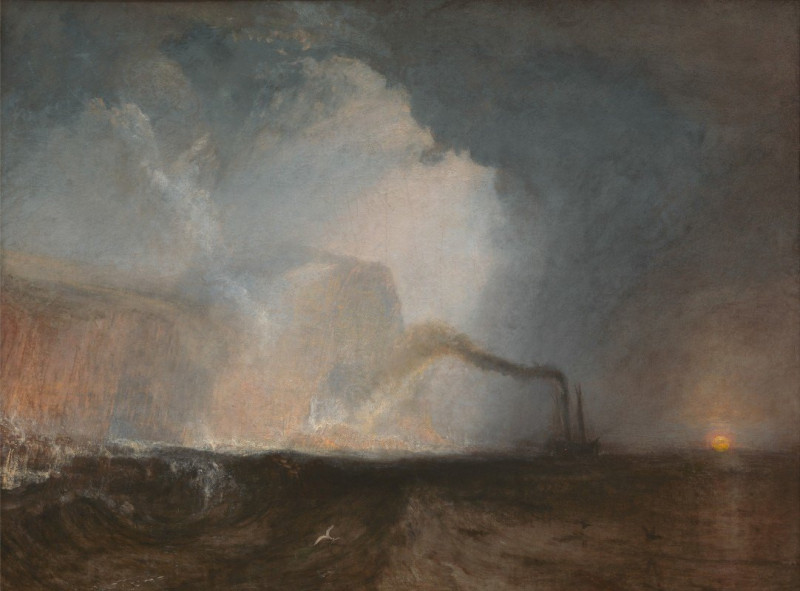
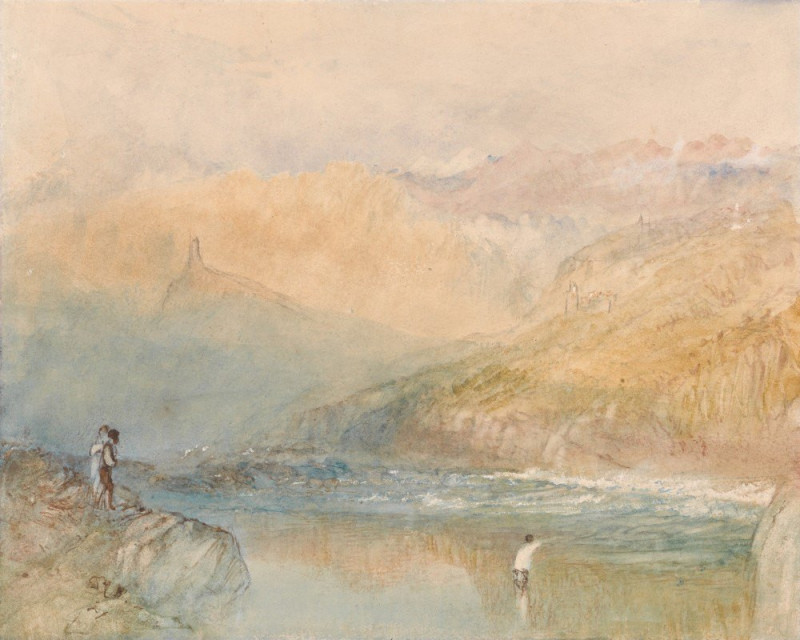
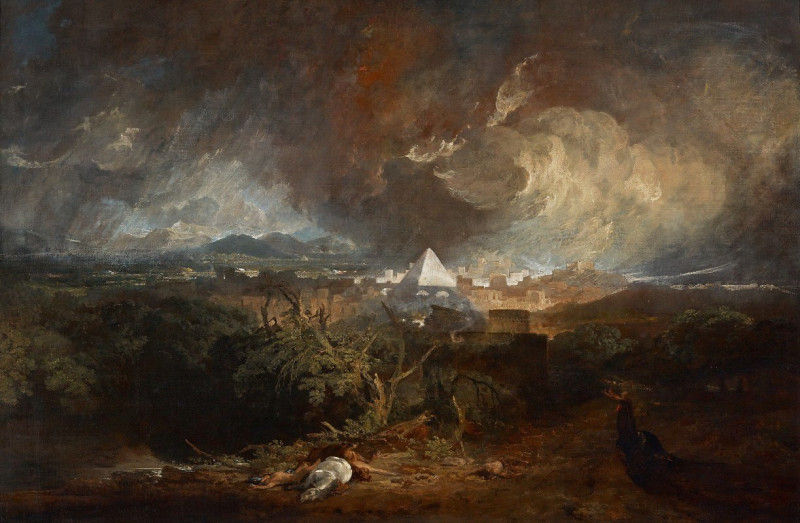

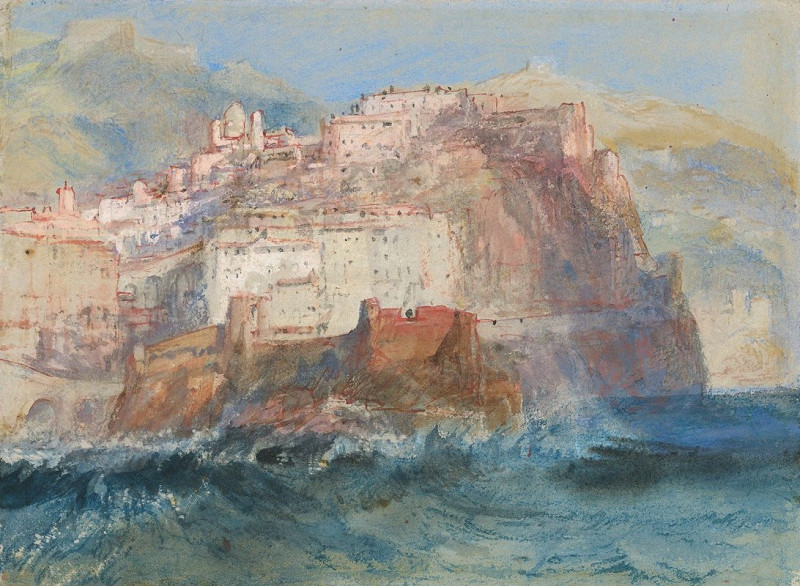
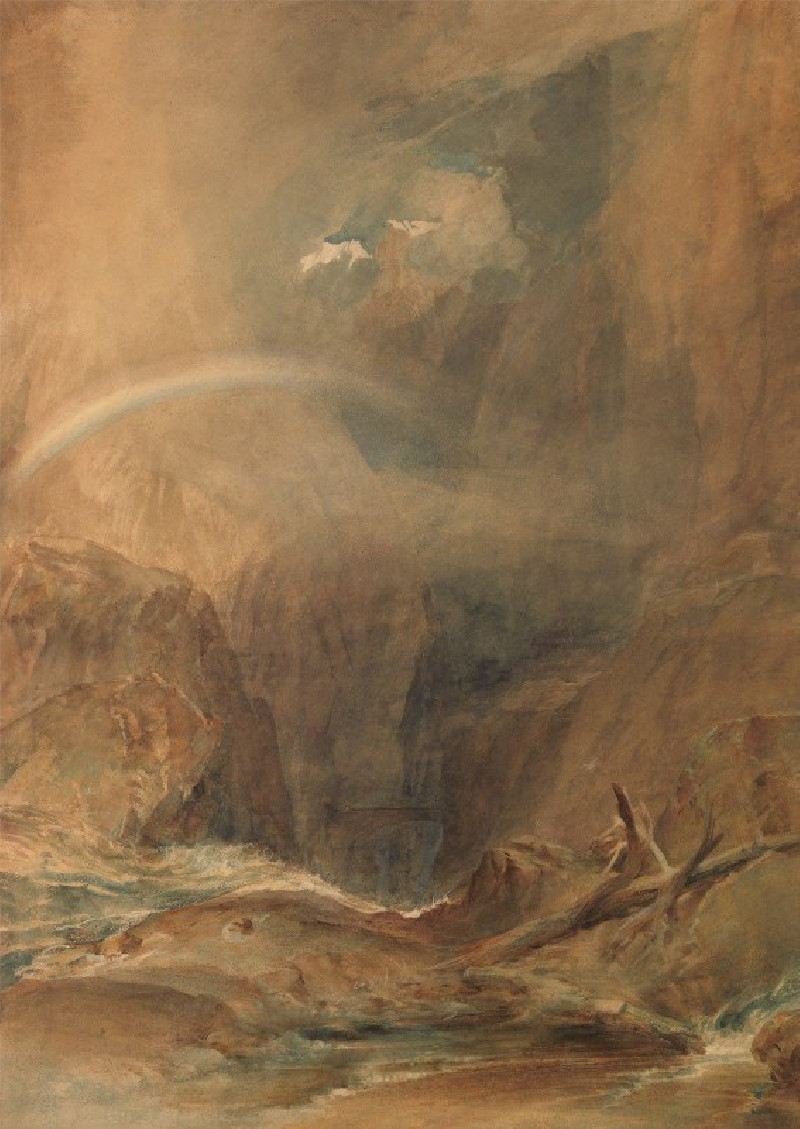

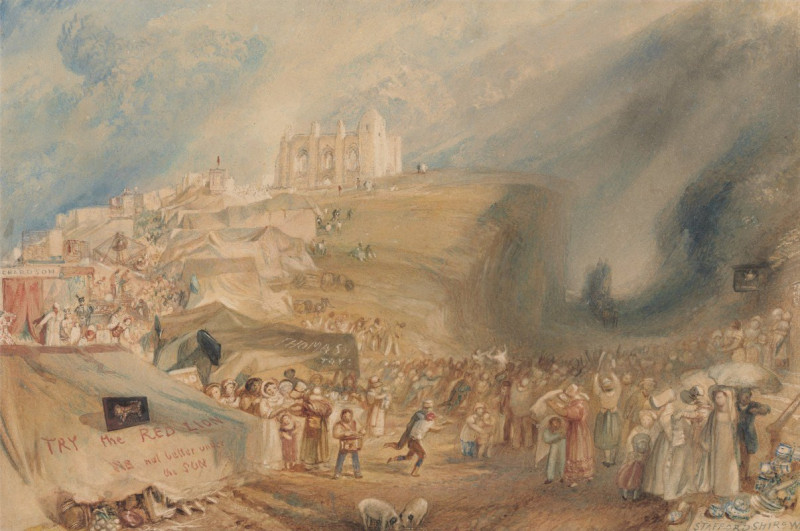
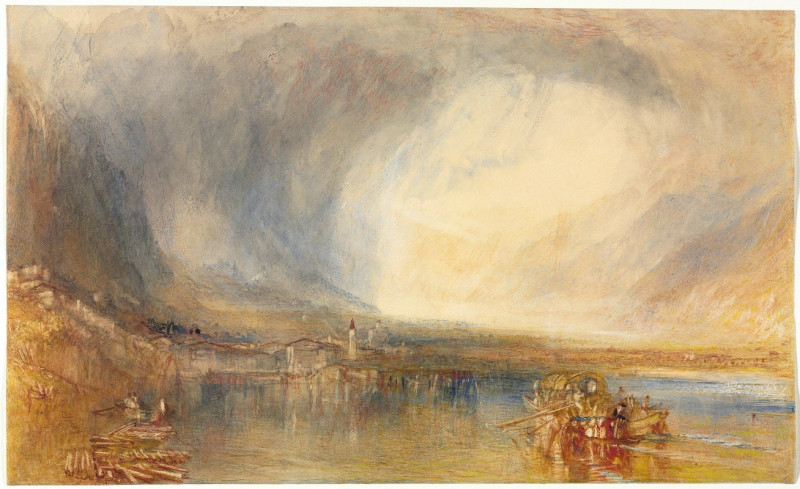
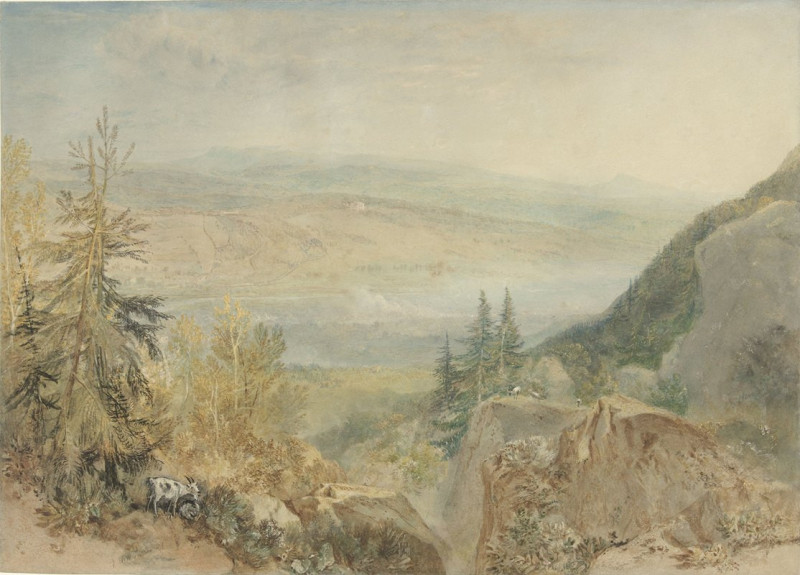

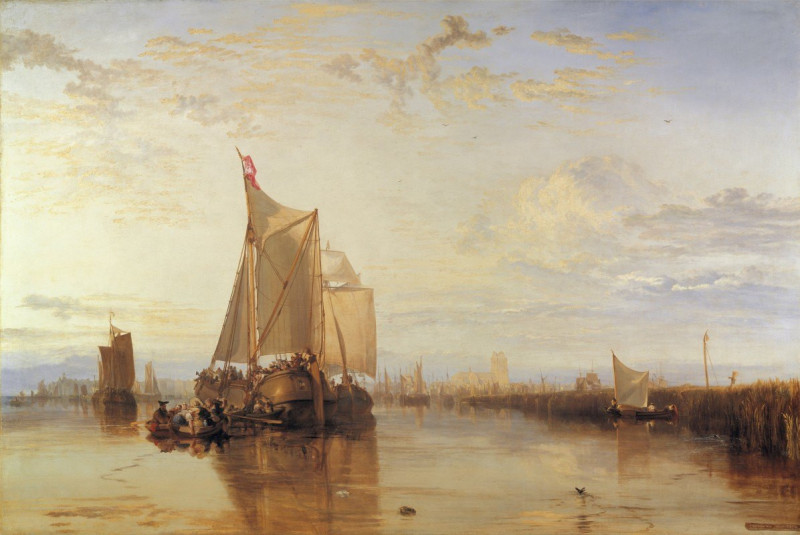



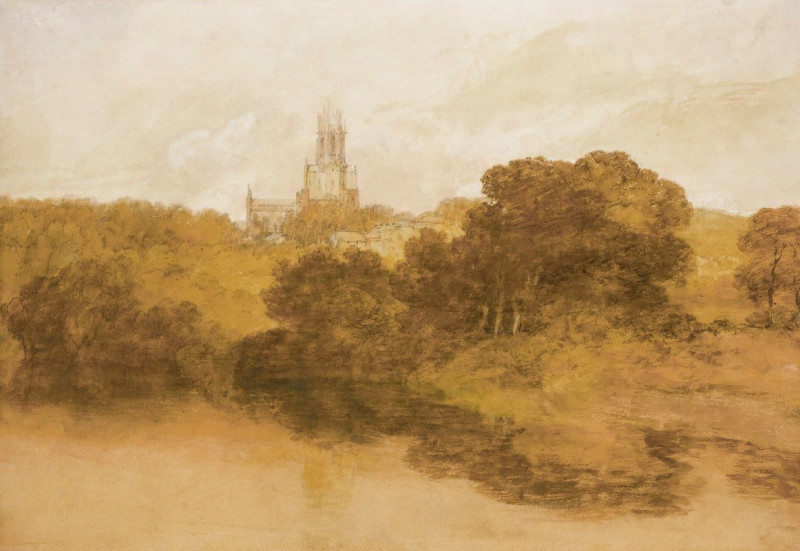
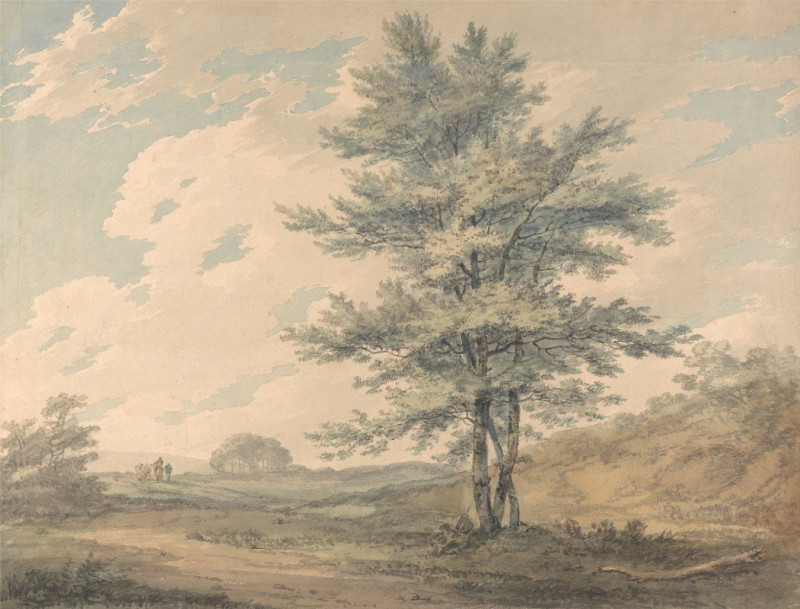


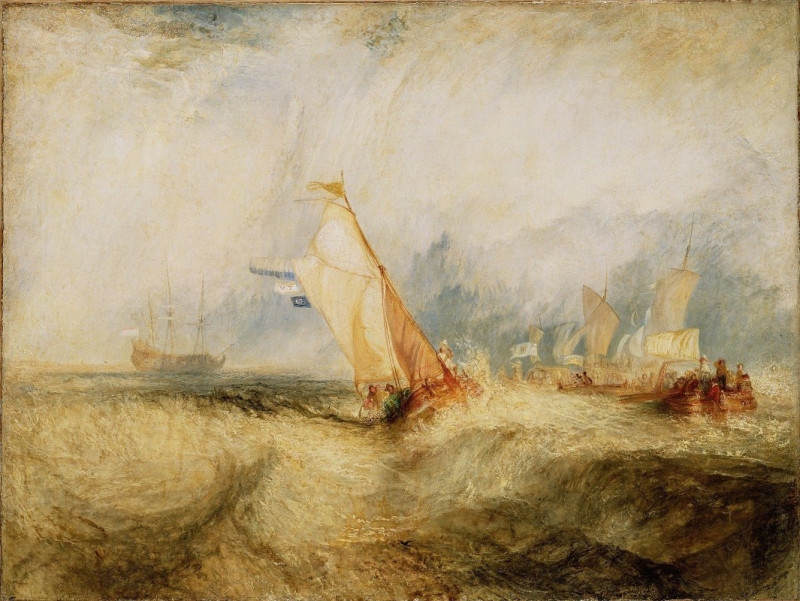
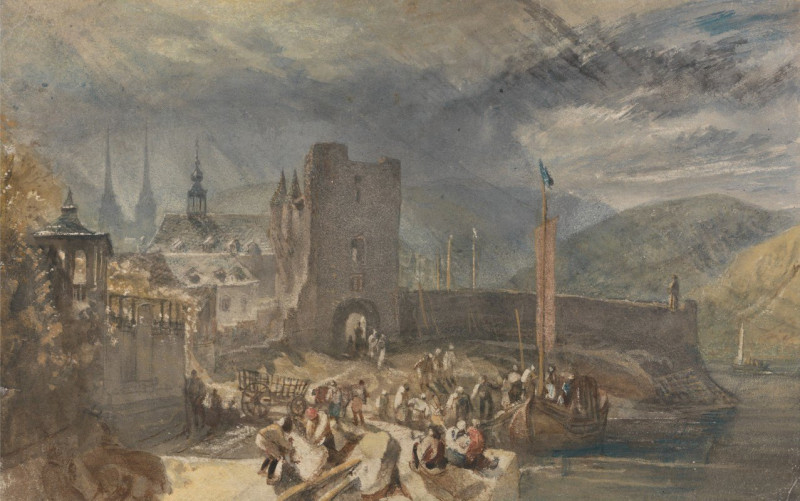
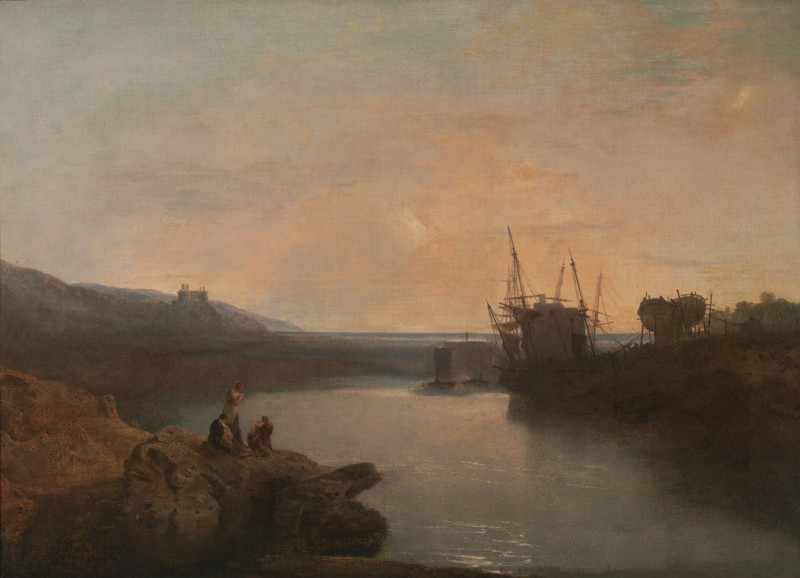


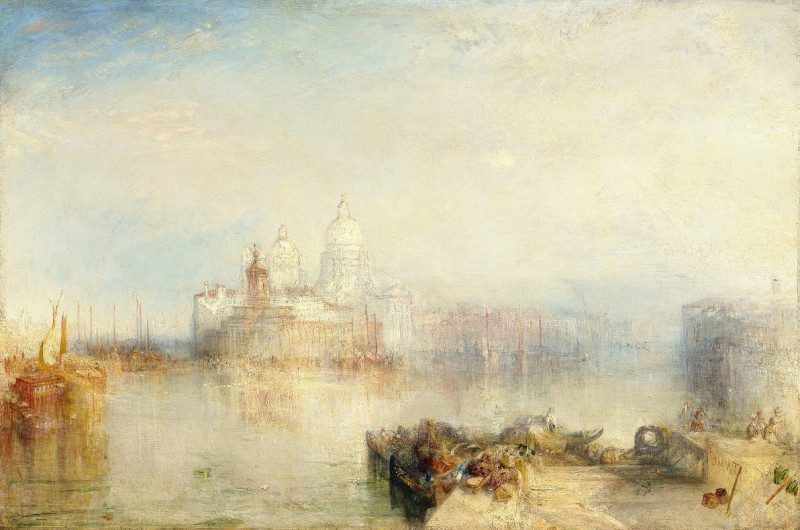

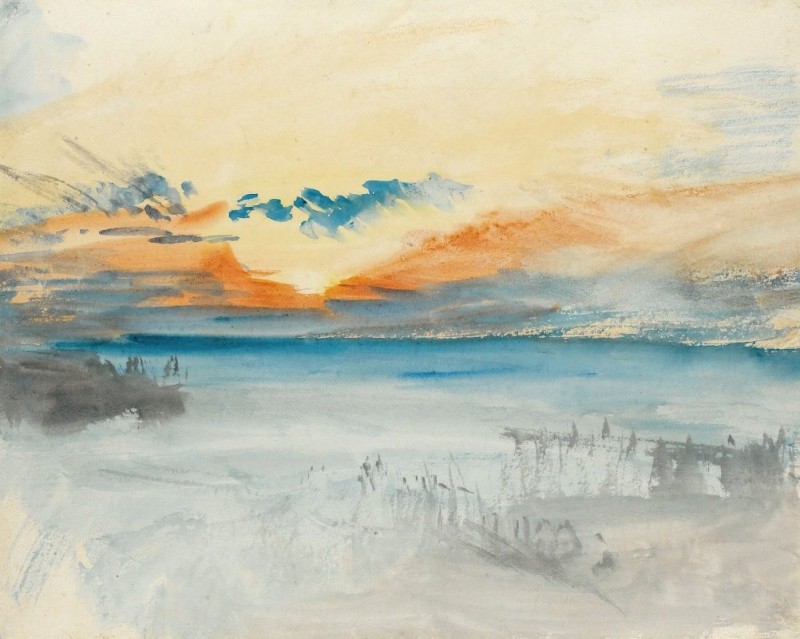
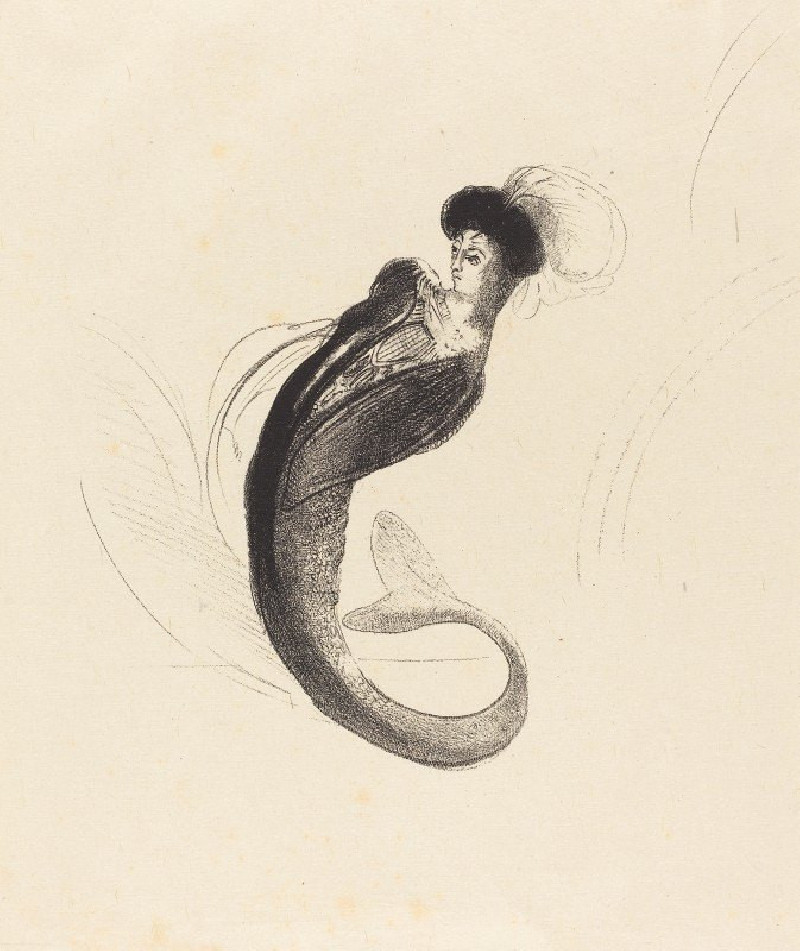

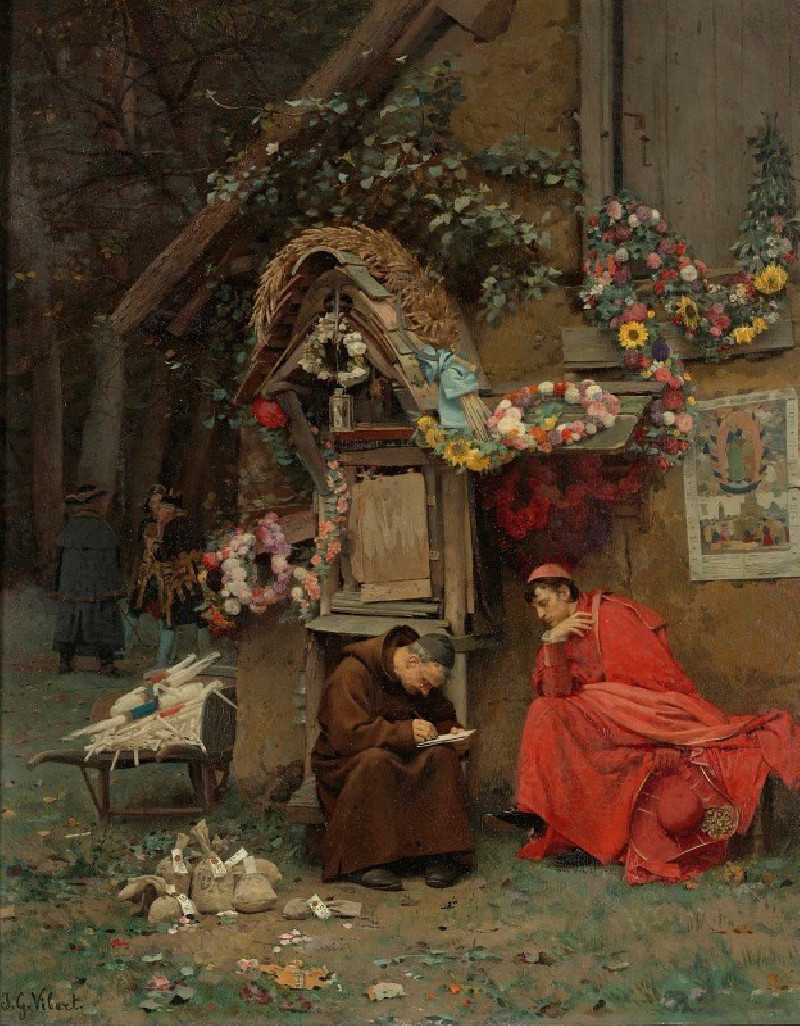



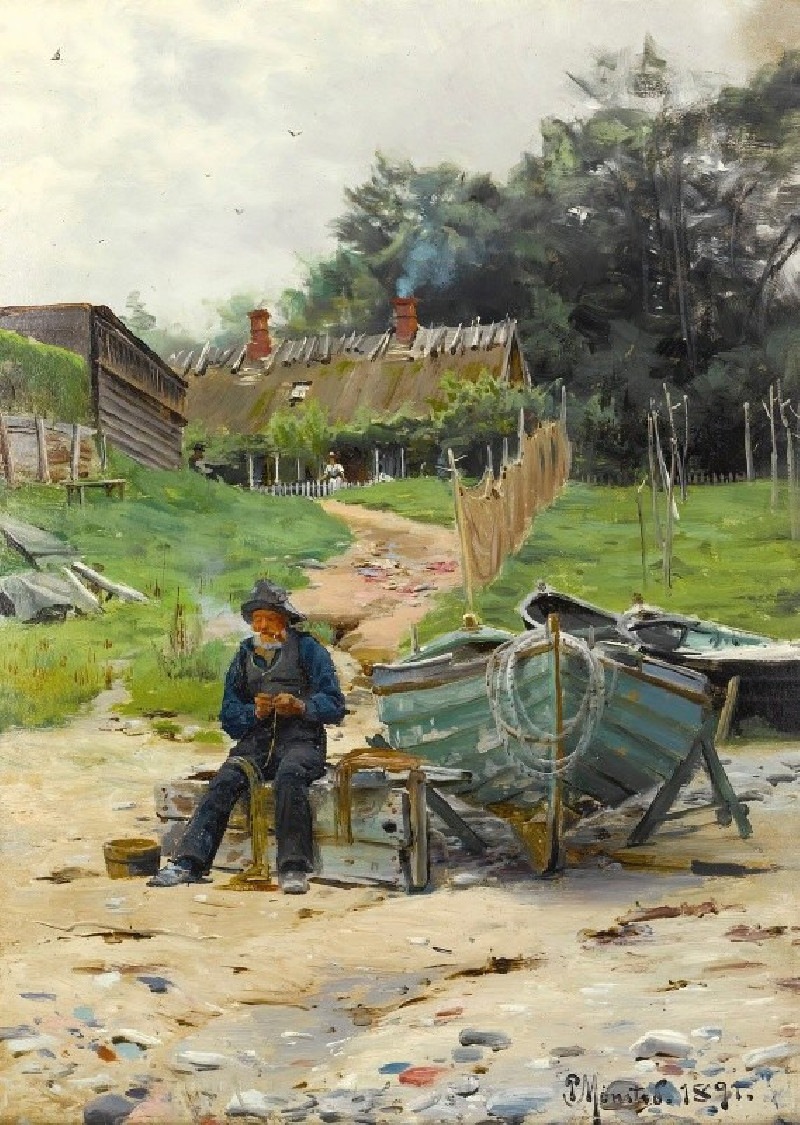

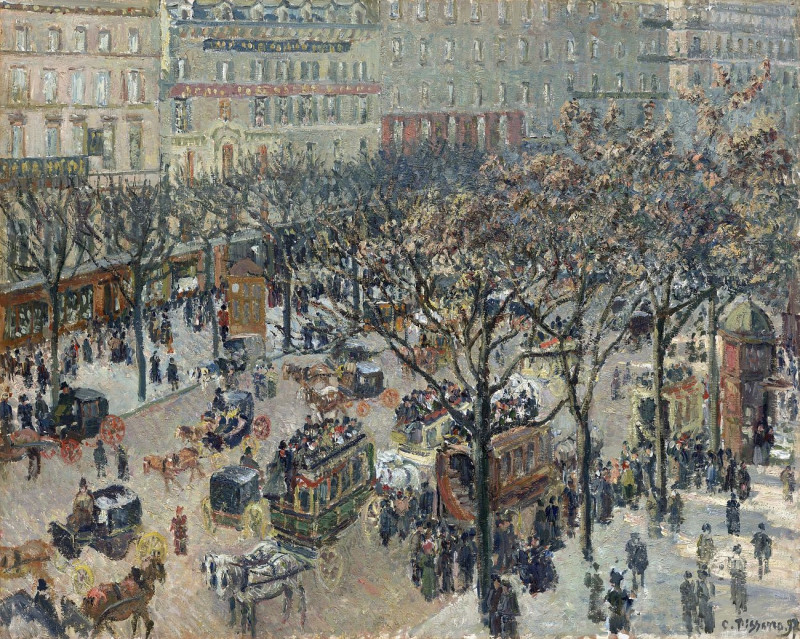

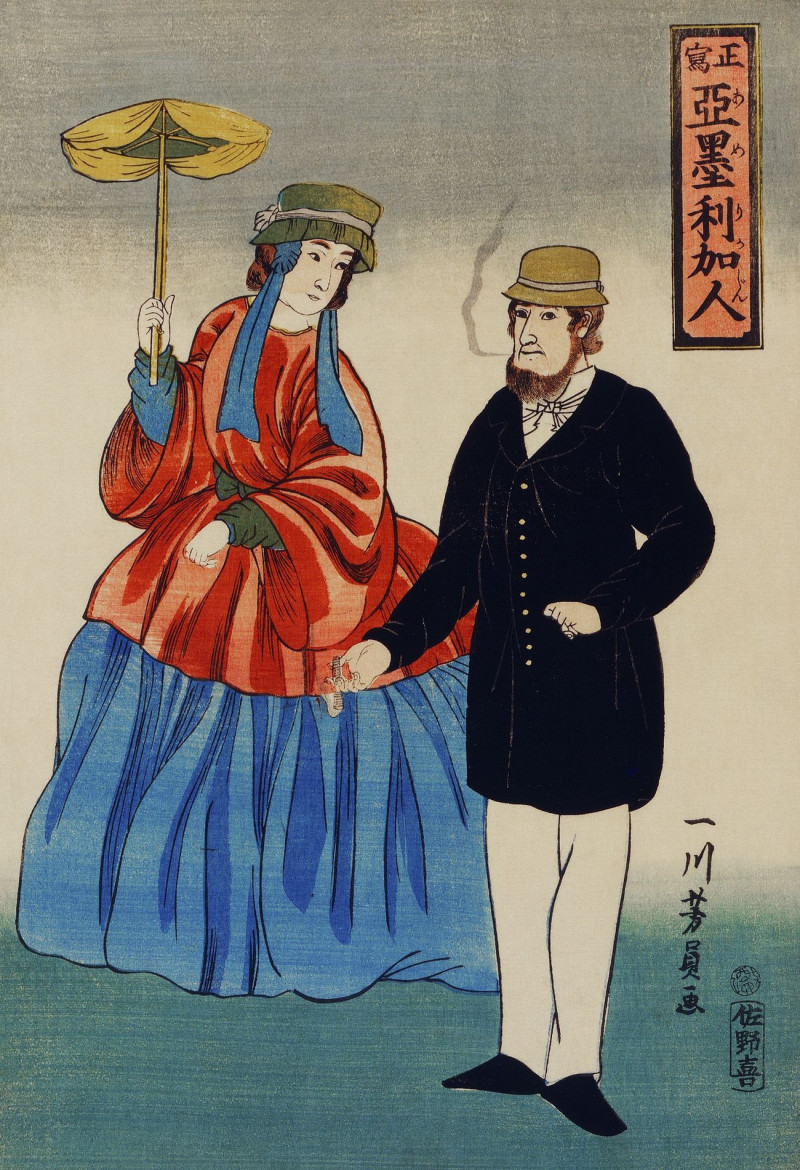

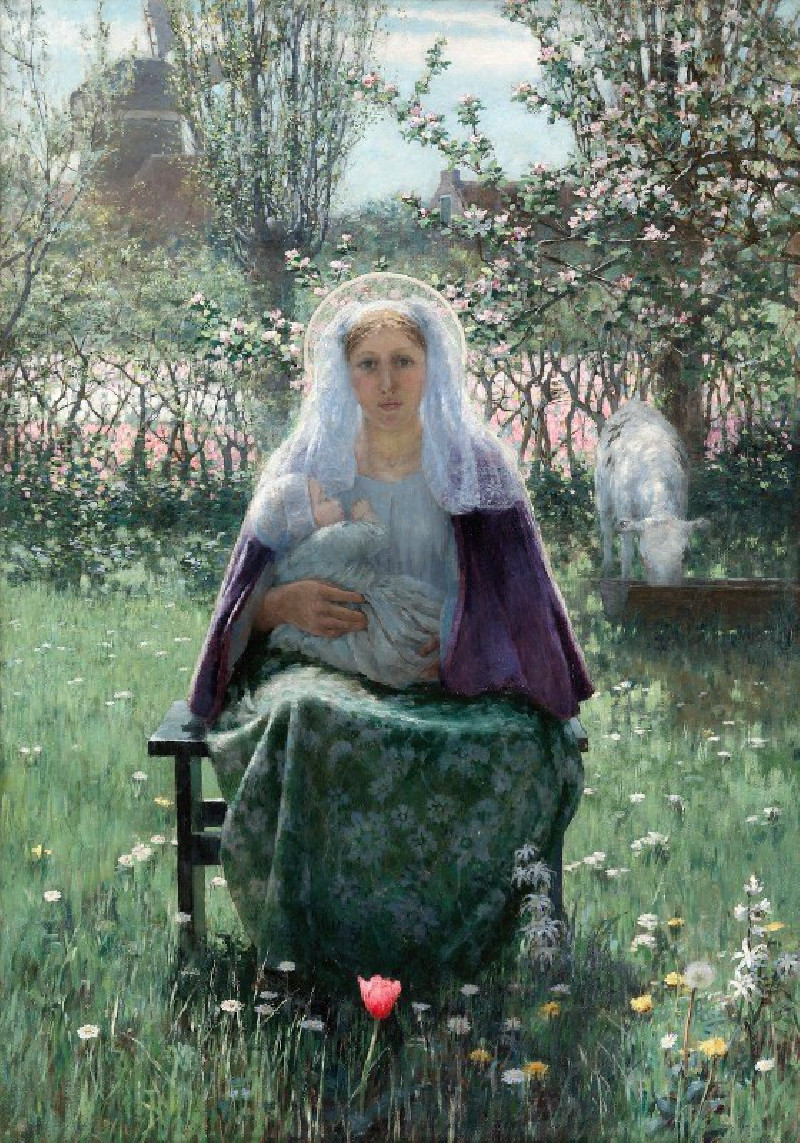
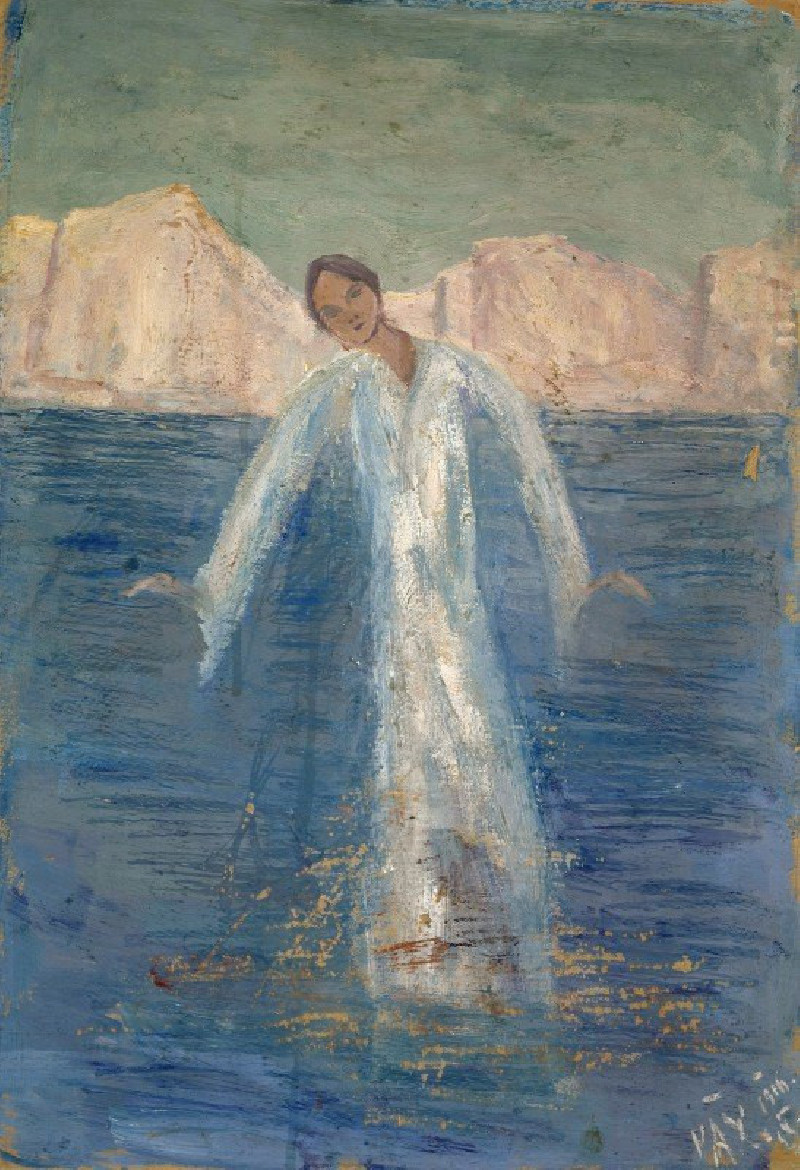
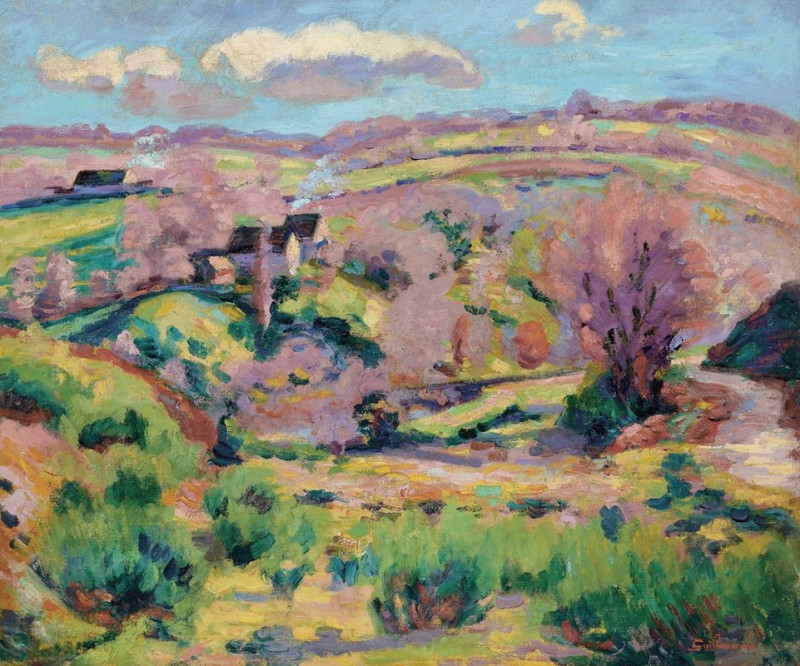
![The Great Sphinx, Pyramids of Gizeh [Giza]. July 17th, 1839. (1846-1849) reproduction of painting by David Roberts. ALL GICLE...](https://reprodukcijos.lt/39189-large_default/reproduction-of-the-great-sphinx-pyramids-of-gizeh-giza-july-17th-1839-1846-1849.jpg)